The Great New England Vampire Panic!
...and why you may not be able to find your ancestor's gravesite...
Welcome to 19th-century America and the Great New England Vampire Panic! Okay, it wasn’t precisely the 19th Century. If I’m going to be honest (and historically accurate), the Great New England Vampire Panic spanned from around the time the United States of America became the USA to the later part of the 19th Century—around 1890. The Great New England Vampire Panic demonstrates how fear and a lack of understanding can lead to widespread superstitions and drastic actions.
This may also explain why you are having trouble locating your ancestor’s final resting place in New England.
If you’re not great with math - that’s roughly two hundred years. This means that for nearly two hundred years, the occupants of New England lived in fear of vampires.
Yes, you read that correctly! Vampires—that beast that turns into bats, flies through your bedroom window, and enjoys a quick snack on your blood! New Englanders held their breath, said their prayer, and took precautions to keep the beasts at bay, but as you may have already guessed, it wasn’t Vampires they were fighting. It was germs.
Now, depending on who you are and how much you enjoy the macabre - this is a good thing (because vampires really aren’t good guys) or a bad thing (because germs are), but from the 18th through the 19th centuries — a portion of the citizens of the newly founded United States of America lived in utter fear.
As Vampire panic gripped the area — locals dug up their loved ones, burned their organs, or even constructed elaborate burial methods that included bamboo picks and dismembered corpses.
But what people didn’t realize was that an outbreak of tuberculosis, not an attack of the undead, was killing New Englanders in large numbers.
[*Tuberculosis was commonly called “Consumption” during this time.]
In 1786, health officials first began collecting data like who died, when they died, and the cause. Twenty-four years later, they discovered nearly two percent of those New England deaths were due to consumption. The number may seem low, but two percent meant consumption had wiped out entire families.
Now, you may be thinking, but how did the public go from “consumption,” an illness that had been killing people for centuries, to “vampires”?
It was due to several things, starting with a need for better knowledge of modern medicine and the folklore they brought to the United States. However, the biggest reason New Englanders leaned into the myth of vampires lies in the symptoms.
A person who has contracted tuberculosis will have symptoms that include weight loss, fatigue, pale skin, shortness of breath, night sweats, and fever - all of which are also common side effects of blood loss.
And when a person hasn’t suffered any known accidents that could have led to blood loss, that leaves only one option - a vampire that is on the loose in your village!
The most damning of all of the tuberculous symptoms was blood on the lips. This is a side effect of tuberculosis as it slowly wreaks havoc on its infected body. The infection causes damage and inflammation in the lungs. Over time, the lungs decay, and the bacteria create holes in the tissue. Between these holes and the damage to the lining of the bronchial tubes, blood is released into the airwaves.
Liquid in the lungs will inevitably cause a person to cough to expel the blood so that they can breathe.
Hence the blood on the lips.
As TB was (and is) highly contagious, coupled with close-quartered living conditions with poor ventilation, on top of a lack of sanitation and possible malnutrition that came with long and cold winters – people started to believe vampirism was a family affair.
Adding more fuel to the fire were the long-standing European myths about vampires that early settlers brought with them when they immigrated to America.
Stories of the “undead” rising from their graves and preying on wholesome villagers have a rich historical tradition dating back as early as the twelfth century. These stories passed down through generations, became more readily told in the 18th century, and in 1819, John Polidori, an English writer, published The Vampyre, sealing the ideas of vampires in our minds forever.
Now, what does this have to do with Family History Research? What does the Great New England Vampire Panic have to do with the fact that I can’t find where my ancestor was buried?
The answer is - it has everything to do with it.
What do you do when you’re surrounded by demonic vampires that are killing your neighbors, friends, and family members? You take precautions, and ensure the undead cannot rise to kill again.
A great example of this is the story of Mercy Lena Brown who was around 1872 in Exeter, Rhode Island. Mercy was the daughter of George Thomas Brown and Mary Eliza Brown (nee Arnold), and the sister of Mary Olive, Edwin Atwood, Annie Laura, Harriet Mable, Jenny Adeline, and Myra Francis Brown.
In the 1880s, Mercy’s family was struck by a series of tuberculosis cases. Her mother died first in 1883, and then her sister - Mary Olive - died in 1884.
Next, Mercy fell ill in 1891, and she, too, died - but the deaths did not stop.
Edwin, Mercy’s brother who was also ill, became even sicker after Mercy died.
The scared townsfolk of Exeter, Rhode Island, were convinced the Brown women were vampires, and they convinced George Brown, Mercy’s Father, to exhume the bodies of his wife and two daughters. Mary Eliza and Mary Olive had decomposed most naturally, but not Mercy! She appeared to have fresh blood on her lips!
Mercy’s heart was removed and burned. The ashes were then fed to Edwin as a cure (he died shortly after this), but it didn’t stop the rumors that Mercy Brown was a vampire to last for decades.
Mercy Brown was one of many. These other cases of bodies being exhumed, burned, mutilated, and buried in unmarked graves - are common and very disruptive to your family history research.
It means that while your ancestor may have initially had a traditional burial in New England during the Great New England Vampire Panic - it is also possible they were exhumed and buried in unmarked graves or even had their bodies burned and scattered out of fear.
But not all is loss! Other resources that can help you to determine if your family tree branches back into the time of the Great New England Vampire Panic. Local Historical Societies contain archives of families and their histories in their specific area, town records, Newspaper archives may list family members by name, and Church Records.
The Great New England Vampire Panic serves as a stark reminder of how fear, superstition, and limited medical knowledge can shape communities and impact family histories. For genealogists and family historians, this period presents challenges to our research. However, but it also offers a fascinating opportunity to discover the history our ancestors experienced.
As you research your New England ancestry, remember that gaps in burial records or missing gravesites might have unexpected explanations rooted in this unique historical phenomenon. The vampire panic, while macabre, offers a window into the lives, beliefs, and challenges your ancestors faced.
Sources for Continued Research
- Food for the Dead: On the Trail of New England’s Vampires by Michael Bell






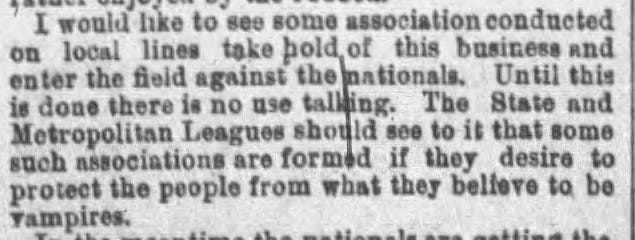
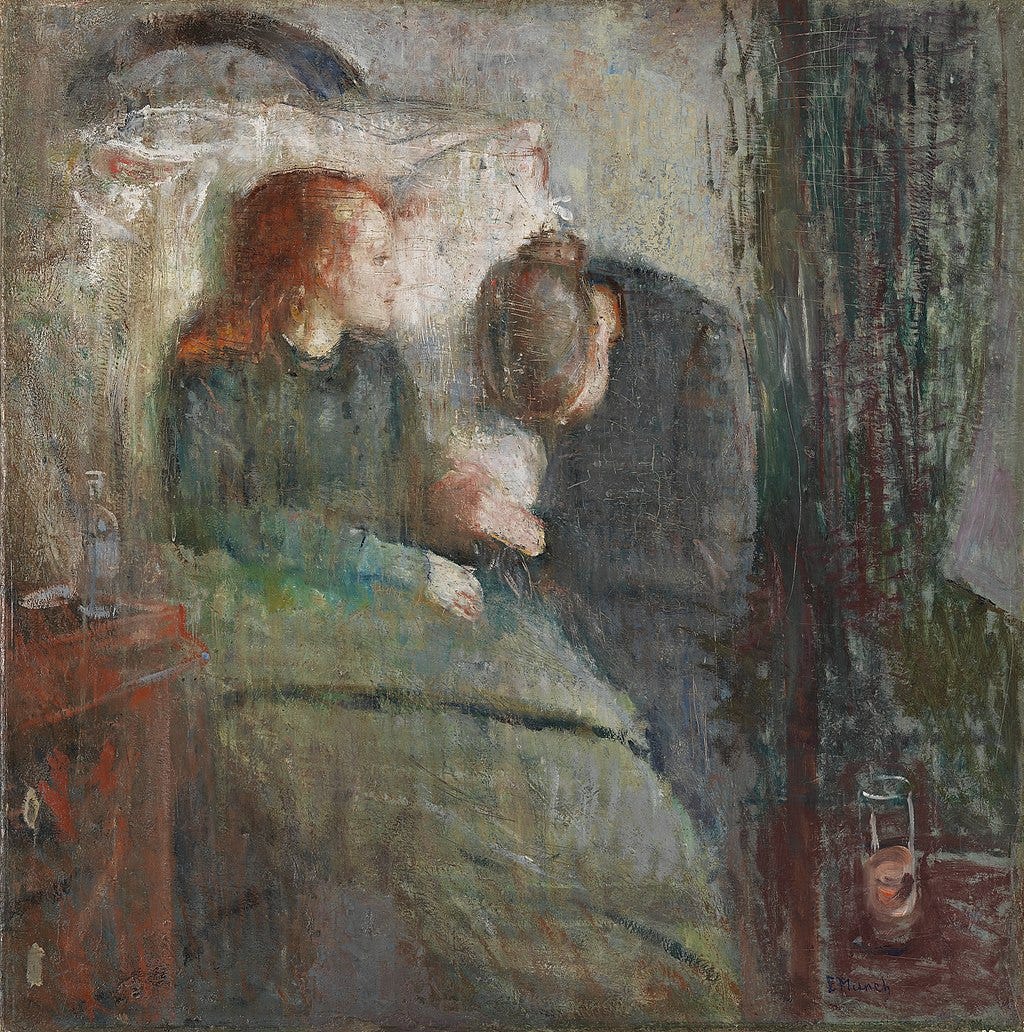
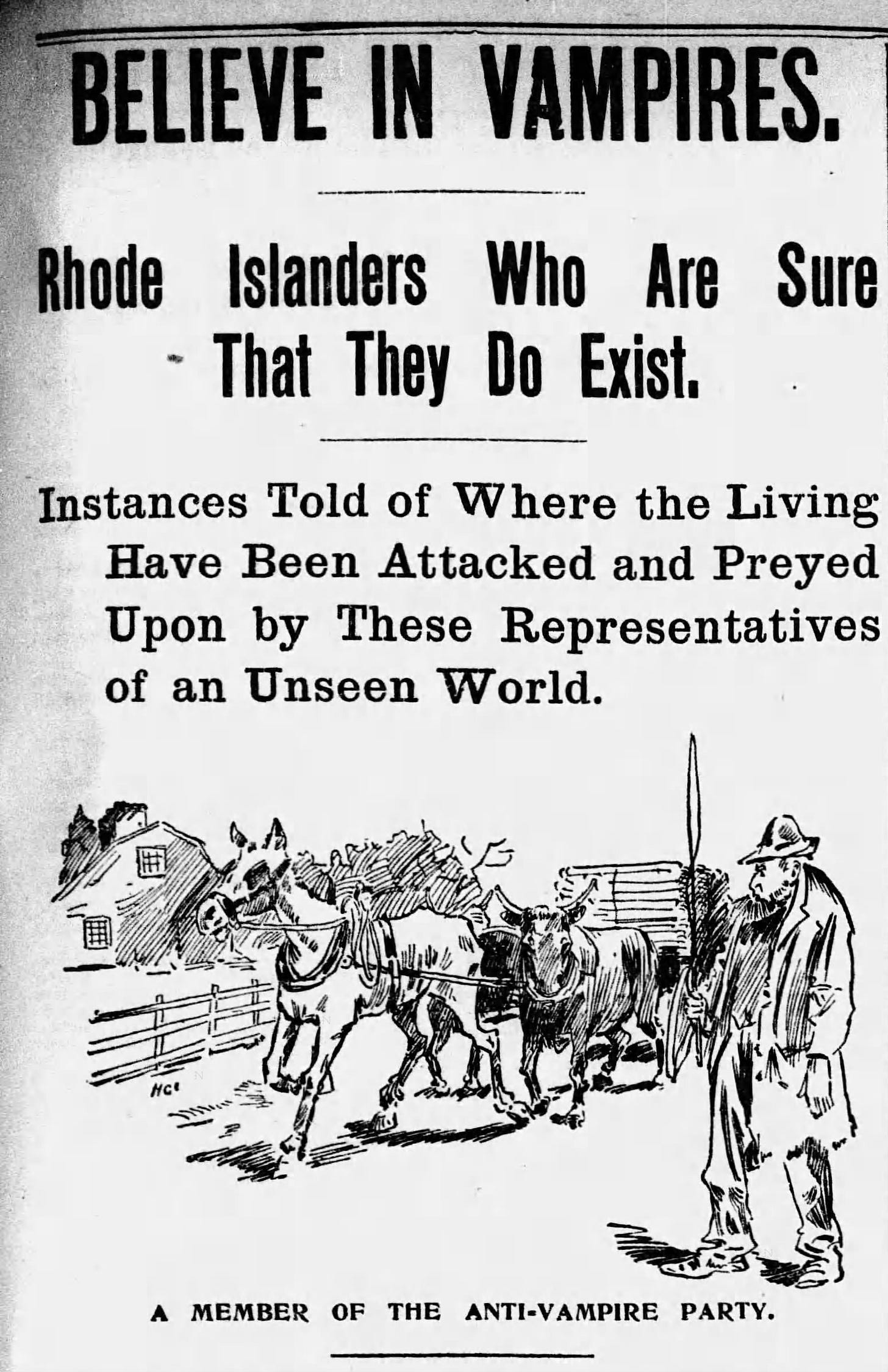
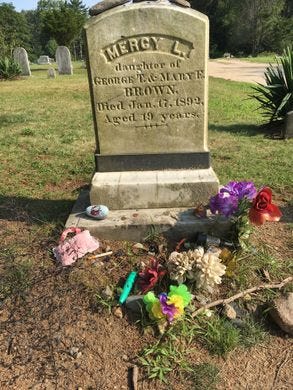
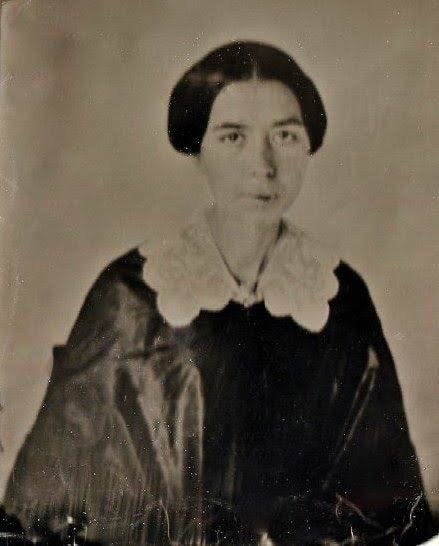
Yes, I'd run across the Vampires in NE research - this is an excellent explanation of the background of the misunderstandings. Love the illustrations you've used! It can be difficult to realize a time when diseases were poorly understood, and almost impossible to cure.